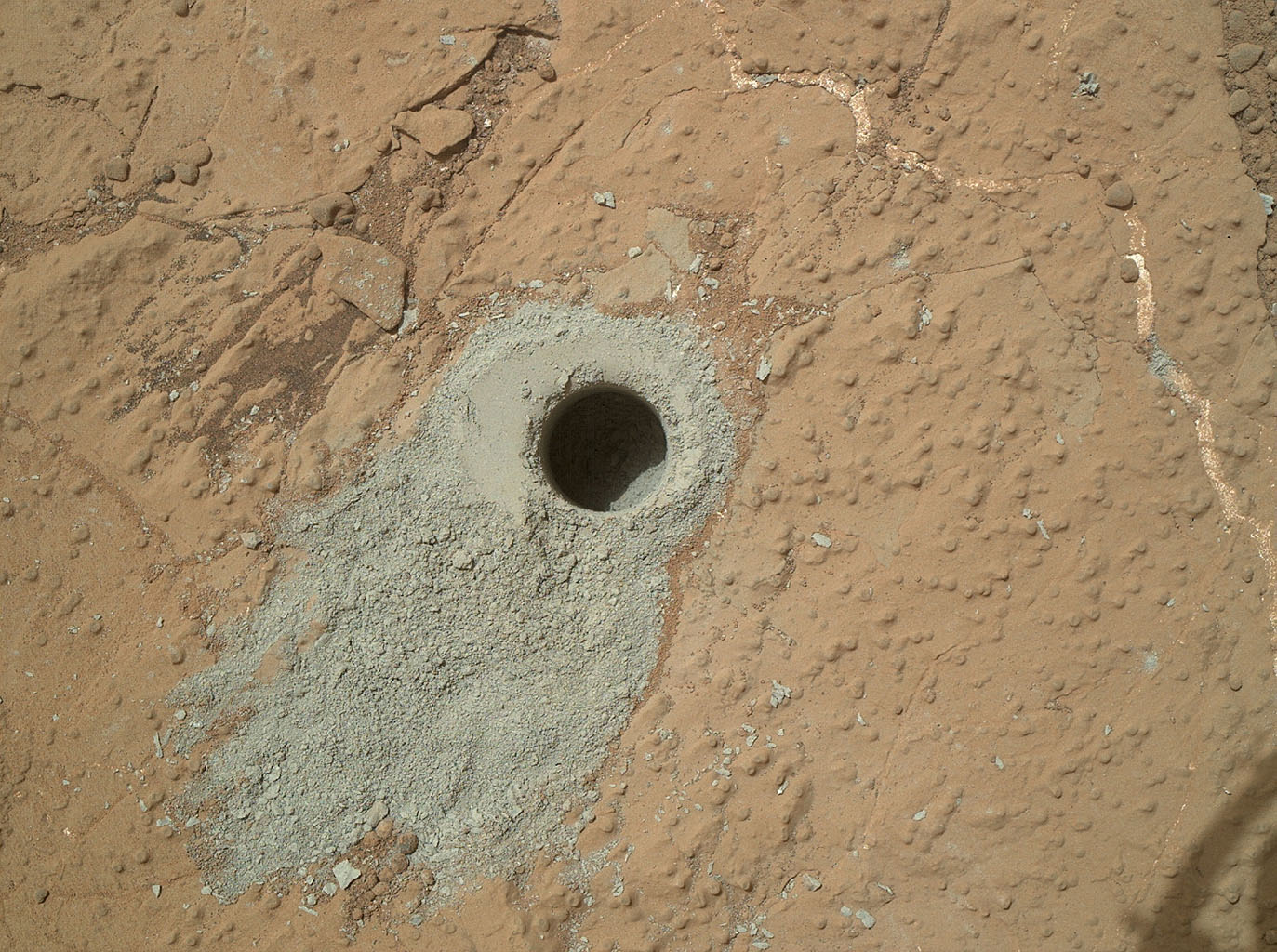In what could easily be termed as one of the biggest discoveries since humans first sent missions to Mars, NASA’s curiosity rover has found traces of organic matter on Martian surface, hinting at possibility of ancient or active life.
The Curiosity rover team is pegging the findings to a number of possible scenarios. The team says that the sudden surge in Methane levels at the Gale crator could be due to both biological as well as non-biological reasons.
Certified organics! I detected organics for the 1st time on the surface of Mars #AGU14 http://t.co/TsMs5LEW8b pic.twitter.com/AVk5Wxp5G0
— Curiosity Rover (@MarsCuriosity) December 16, 2014
Sushil Atreya of the University of Michigan, Ann Arbor, a member of the Curiosity rover science team said,
This temporary increase in methane — sharply up and then back down — tells us there must be some relatively localized source, there are many possible sources, biological or non-biological, such as interaction of water and rock.
Researchers used Curiosity’s onboard Sample Analysis at Mars (SAM) laboratory a dozen times in a 20-month period to sniff methane in the atmosphere. During two of those months, in late 2013 and early 2014, four measurements averaged seven parts per billion. Before and after that, readings averaged only one-tenth that level.
Organic molecules, which contain carbon and usually hydrogen, are chemical building blocks of life, although they can exist without the presence of life. Curiosity’s findings from analyzing samples of atmosphere and rock powder do not reveal whether Mars has ever harbored living microbes, but the findings do shed light on a chemically active modern Mars and on favorable conditions for life on ancient Mars.
Curiosity also detected different Martian organic chemicals in powder drilled from a rock dubbed Cumberland, the first definitive detection of organics in surface materials of Mars. These Martian organics could either have formed on Mars or been delivered to Mars by meteorites.
These methane findings are expected to be further corroborated by various other orbiters and missions which have currently been sent by the European Union and India. One such sensor, the Methane Gas sensor is an important scientific equipment, which has been installed into India’s Mars Orbiter Mission, to test the presence of Methane in Martian atmosphere.
IMAGE : NASA
The Tech Portal is published by Blue Box Media Private Limited. Our investors have no influence over our reporting. Read our full Ownership and Funding Disclosure →







